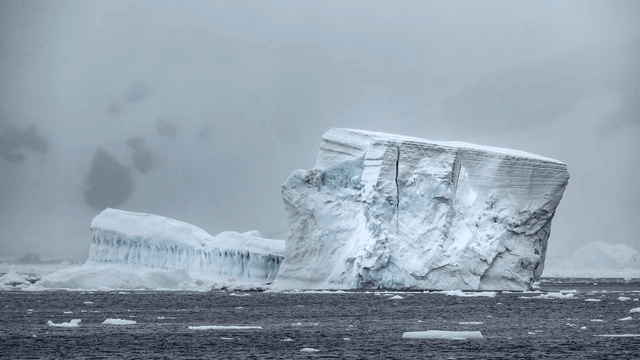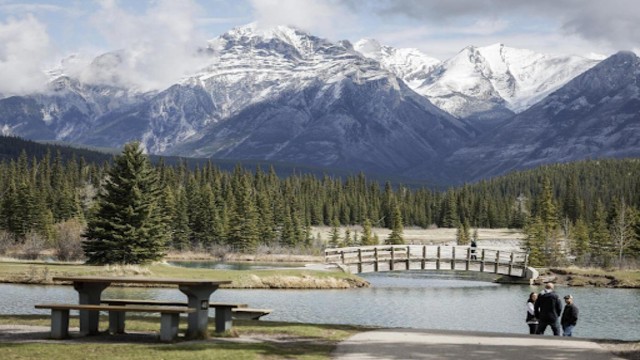
Antarctic glaciers seen on February 7, 2022. New research warns that meeting climate goals might still not stop the planet’s ice sheets from melting. CNN
Scientists warn that the world’s huge ice sheets in Greenland and Antarctica could melt quickly. This could cause sea levels to rise by several feet. Even if global warming stays under 1.5 degrees Celsius, the ice may still retreat fast. This means millions of people living near coasts may need to move.
What Scientists Did
A team of scientists studied many types of data. They looked at satellite images, climate models, and past evidence like ice cores and ocean sediments. They wanted to find a safe limit for warming to protect these ice sheets. What they found is worrying.
The 1.5-Degree Goal May Not Be Enough
Countries promised to keep warming below 1.5 degrees Celsius to avoid the worst effects of climate change. But the world is on track for nearly 3 degrees of warming by 2100. The study shows even 1.5 degrees might be too high to stop dangerous ice loss.
At the current warming level of 1.2 degrees, ice sheets could already start melting fast. Greenland and Antarctica hold enough ice to raise seas by 213 feet, which is extreme but shows the risk if melting continues.
Ice Loss Is Speeding Up
Since the 1990s, ice loss has increased four times. Now, 370 billion tons of ice melt each year. Melting ice is the main cause of sea level rise. The speed of sea rise has doubled in 30 years and will get worse.
Many studies say 1.5 degrees won’t stop ice sheets from retreating quickly. This retreat would be permanent for thousands of years. The world must prepare for several feet of sea rise in the future.
Rising Seas Threaten Millions
About 230 million people live less than 3 feet above sea level. Even small increases in sea levels will change coastlines a lot. This will force many people to move. It will cause damage beyond what most places can handle.
Sea levels could rise about 0.4 inches a year by 2100. That adds up to more than 3 feet in a century. “You’re going to see massive land migration,” said Jonathan Bamber, one of the study’s authors.
Uncertainty and Urgency
Scientists don’t know exactly when ice sheets will reach tipping points. Climate change is not steady, and ice can collapse suddenly. But the “safe” temperature to protect ice sheets keeps getting lower as research improves.
Before, scientists thought ice sheets would melt badly only above 3 degrees. Now, they say just 1.5 degrees could cause major damage. The study says warming should stay closer to 1 degree to avoid collapse.
What Needs to Happen
To stop rapid melting, countries must cut fossil fuel use drastically. But this is difficult as many nations still depend on oil, coal, and gas. The world already sees some of the worst effects of ice loss.
“There’s very little that we’re observing that gives us hope here,” said Chris Stokes, a lead scientist on the study. The best hope is for slow, steady sea level rise, but even that means serious problems.
Still Fight for Climate Goals
The study doesn’t say to stop trying. Every bit of warming makes things worse. “Limiting warming to 1.5 will be a major achievement,” Stokes said. But even then, sea levels will rise and ice will keep melting.















